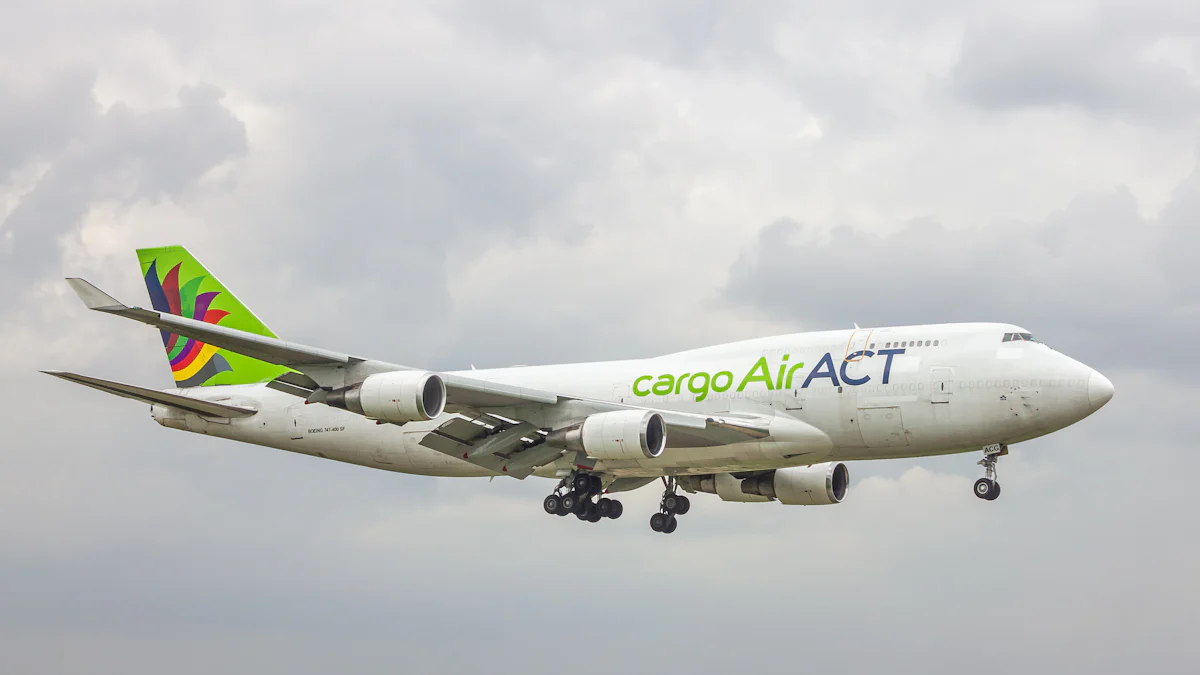What Items Are Banned from Air Freight?

Air transportation plays a crucial role in international logistics. Every year, airlines transport approximately 1.25 million dangerous goods shipments. Strict regulations govern what can and cannot be shipped by air. These rules ensure the safety of aircraft, crew members, passengers, and the environment. Non-compliance with these regulations can lead to significant fines and delays. Understanding and adhering to these restrictions is essential for businesses involved in air freight.
Categories of Banned Items in Air Freight

Explosives
Types of Explosives
Explosives pose a significant risk during air transportation. Common examples include fireworks, detonating fuses, and ammunition. These items can cause catastrophic damage if they detonate during a flight.
Rationale Behind Restrictions
The primary concern with explosives involves their potential to ignite or explode. Such incidents can compromise the structural integrity of an aircraft. The safety of passengers and crew members comes first. Regulatory bodies enforce strict guidelines to prevent any mishaps.
Gases
Types of Gases
Various gases are prohibited from air freight. Examples include compressed gas, dry ice, fire extinguishers, gas lighters, and aerosol cans. Each type of gas presents unique risks during transportation.
Rationale Behind Restrictions
Gases can expand or contract due to changes in air pressure. This can lead to leaks or explosions. Compressed gases can become projectiles if containers rupture. Ensuring the safety of the aircraft and its occupants necessitates these restrictions.
Flammables
Types of Flammables
Flammable items include both solids and liquids. Examples are gasoline, paint thinners, and certain types of batteries. These substances can catch fire easily, posing a severe risk during flights.
Rationale Behind Restrictions
Flammable materials can ignite under specific conditions. The confined space of an aircraft amplifies this risk. Fires on board can spread rapidly, endangering everyone on the plane. Strict regulations help mitigate these dangers.
Biological Products
Types of Biological Products
Biological products include medical waste, dangerous pathogens, and certain laboratory samples. These items can contain infectious agents or hazardous materials. Transporting these products by air poses significant health risks.
Rationale Behind Restrictions
The primary concern with biological products involves contamination and infection. Pathogens can spread quickly in confined spaces. Medical waste can expose individuals to harmful substances. Strict regulations ensure the safety of everyone involved in air freight.
Other Prohibited Items
Examples of Other Prohibited Items
Other prohibited items include corrosive substances, radioactive materials, and strong acids. Items like lithium batteries, poisons, and certain chemicals also fall under this category. Each item presents unique dangers during transportation.
Rationale Behind Restrictions
Corrosive substances can damage aircraft structures. Radioactive materials pose severe health risks. Strong acids can cause burns and other injuries. Lithium batteries can overheat and catch fire. Poisons and chemicals can leak and contaminate cargo. Regulations prevent these hazards, ensuring safe air freight operations.
Compliance with air freight regulations ensures the safety of aircraft, crew members, and passengers. Adhering to these rules prevents potential hazards like fires, explosions, and contamination. Businesses must follow these guidelines to avoid legal issues and financial penalties. Understanding these restrictions helps maintain smooth and secure air transportation operations.
See Also
Insights into Ocean Freight Logistics Innovations for 2024
Analyzing the Influence: Trends in Logistics Risks
A Comprehensive Look into the Future of Less Than Truckload Freight
Revealing the Definitive Handbook on Worldwide Logistics Firms
